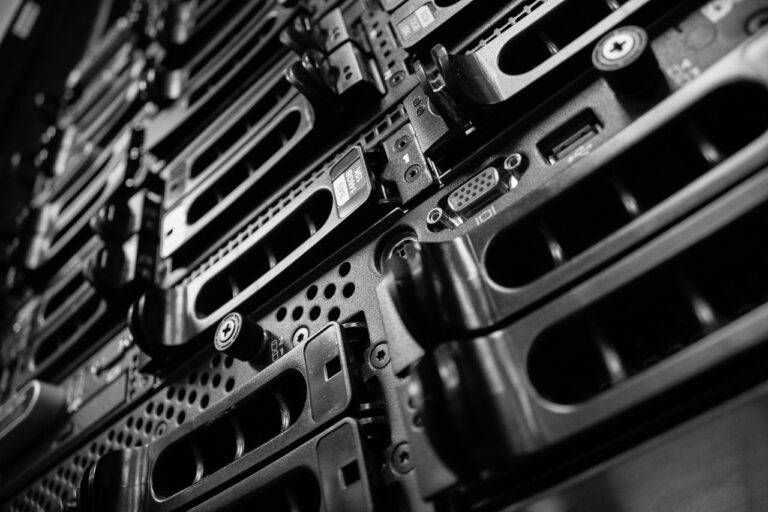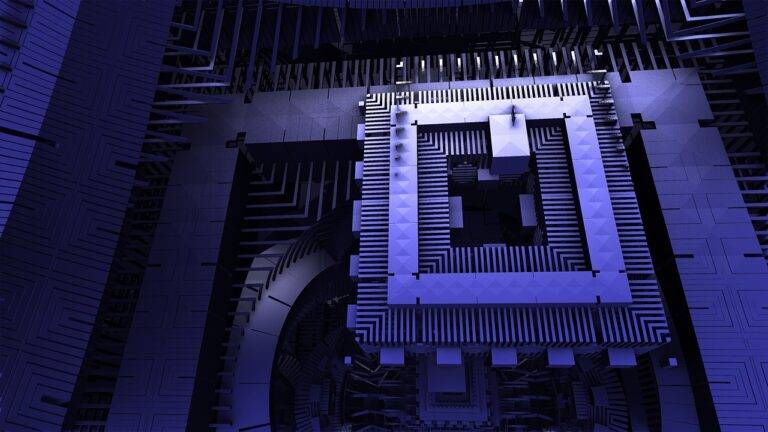Tech’s Impact on Education Equity and Access
Traditional education systems face numerous challenges in today’s rapidly evolving world. One major issue is the one-size-fits-all approach to learning, where students with different learning styles and paces are expected to conform to a uniform teaching method. This can lead to disengagement, frustration, and ultimately hinder the overall learning experience.
Furthermore, the lack of opportunities for personalized learning and individualized attention can result in students falling behind or feeling left out in a classroom setting. This can impact their confidence, motivation, and ultimately their academic performance. The rigid structure of traditional education systems often fails to adapt to the diverse needs and strengths of students, and this can create barriers to effective learning and growth.
Benefits of Integrating Technology in Education
Integrating technology in education has revolutionized the way students learn and teachers impart knowledge. With the rise of digital tools and online resources, educators can create more engaging and interactive lessons that cater to different learning styles. This dynamic approach to teaching fosters critical thinking and problem-solving skills among students, preparing them for the demands of the modern world.
Furthermore, technology integration in education promotes collaboration and communication among students, breaking down geographical barriers and encouraging global connections. Through online platforms and virtual classrooms, students can interact with peers from diverse backgrounds, gaining valuable perspectives and insights. This fosters a more inclusive learning environment that celebrates diversity and encourages students to think beyond boundaries.
Digital Divide and its Impact on Access to Education
Access to education is a fundamental right that should be available to all individuals regardless of their social or economic background. However, the digital divide exacerbates the disparities in educational opportunities. This divide refers to the gap between those who have access to digital technologies and the internet, and those who do not, which ultimately impacts their ability to fully participate in educational activities.
Students who do not have access to technology face significant barriers in their education journey. They are unable to engage in online learning, access educational resources, or communicate with teachers and peers effectively. This lack of access not only hinders their academic progress but also perpetuates inequality in education, as those who are already disadvantaged fall further behind their peers who have access to digital tools and resources.
What are some of the challenges in traditional education systems?
Some challenges in traditional education systems include limited access to resources, outdated teaching methods, and lack of personalized learning opportunities.
How can integrating technology in education benefit students?
Integrating technology in education can benefit students by providing access to a wide range of resources, promoting interactive learning experiences, and preparing them for the digital world.
What is the digital divide and how does it impact access to education?
The digital divide refers to the gap between those who have access to technology and those who do not. This divide can impact access to education by limiting students’ ability to participate in online learning, access educational resources, and develop digital literacy skills.
How can we address the digital divide in education?
To address the digital divide in education, we can provide students with access to technology and internet connectivity, offer digital literacy training, and ensure that online educational resources are accessible to all students.





